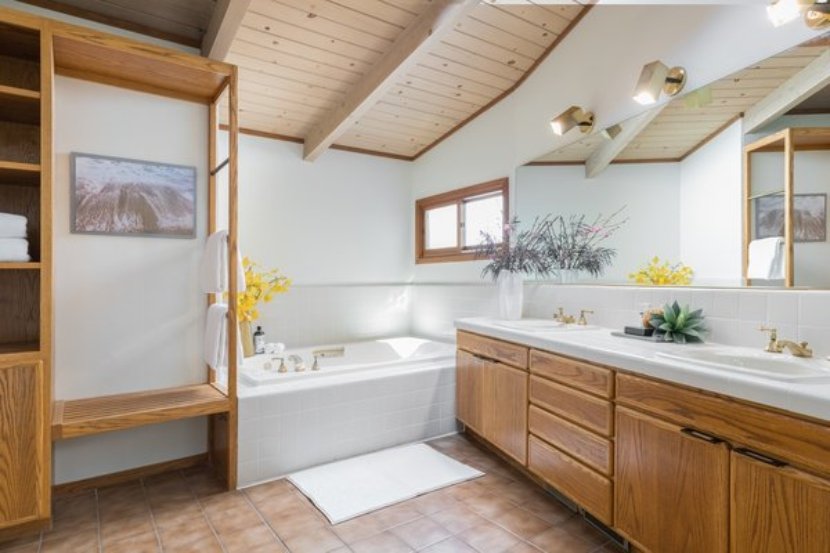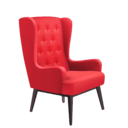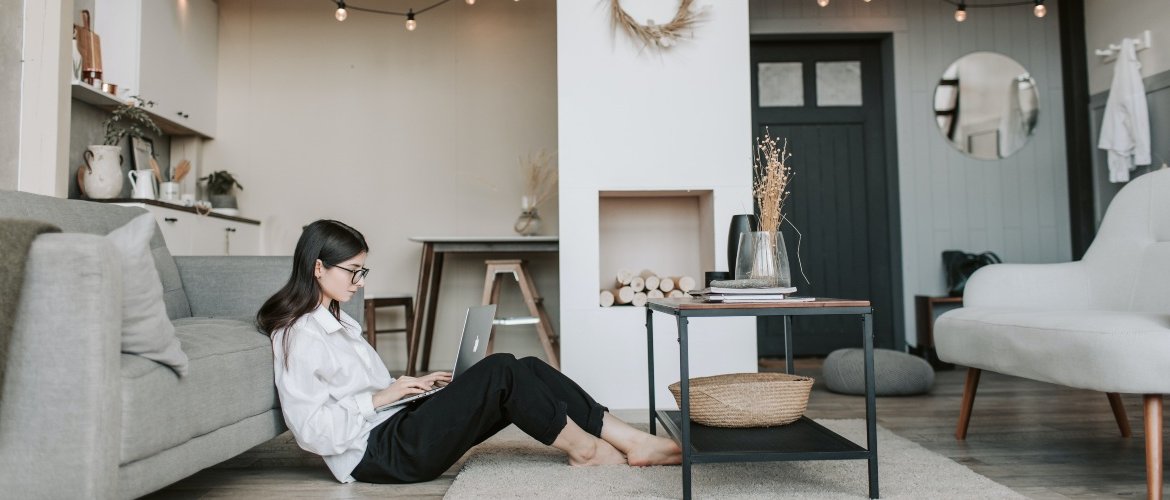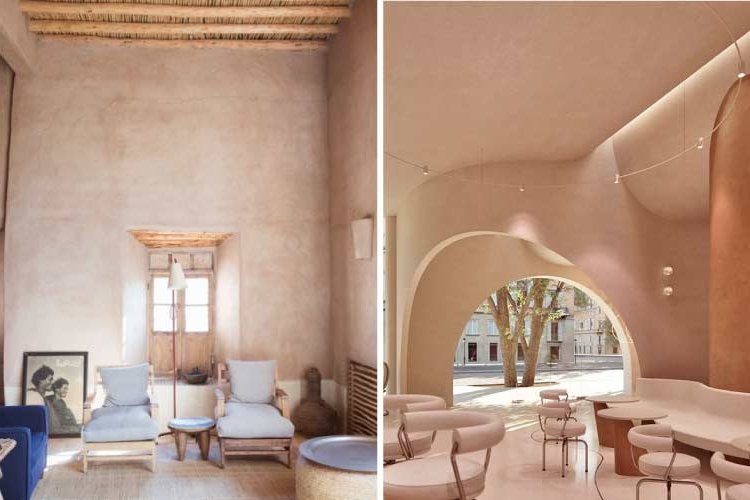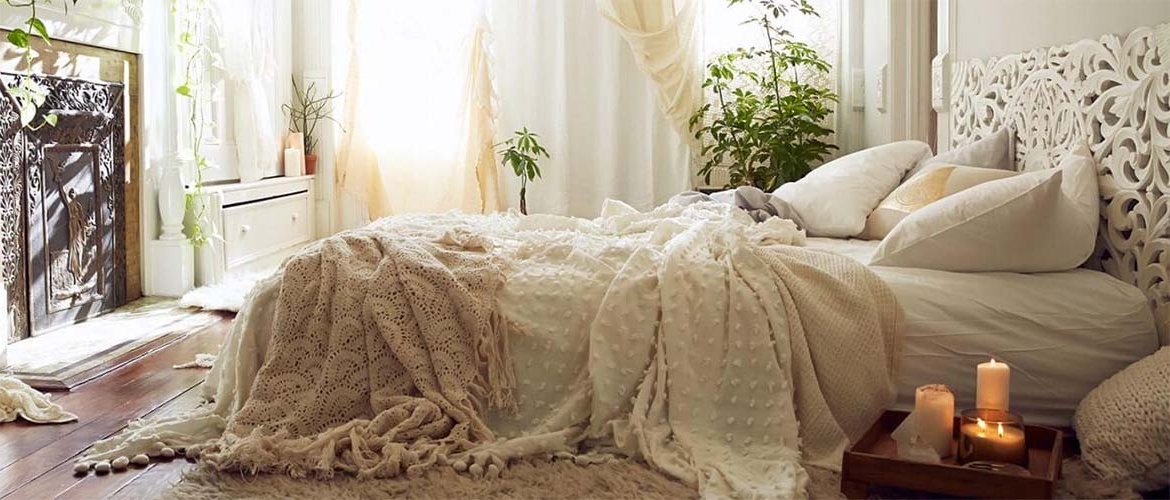Discover the beauty of natural clay floors
The color of the walls, the style of the furniture, the lighting? When thinking about home decoration, there are many elements that can add attractiveness to the whole. Among all of them, the flooring is one of the most important. Not in vain, beyond its aesthetic contribution, it is called to resist the wear and tear of use and the passage of time. Natural clay floors are a very interesting option for several reasons.
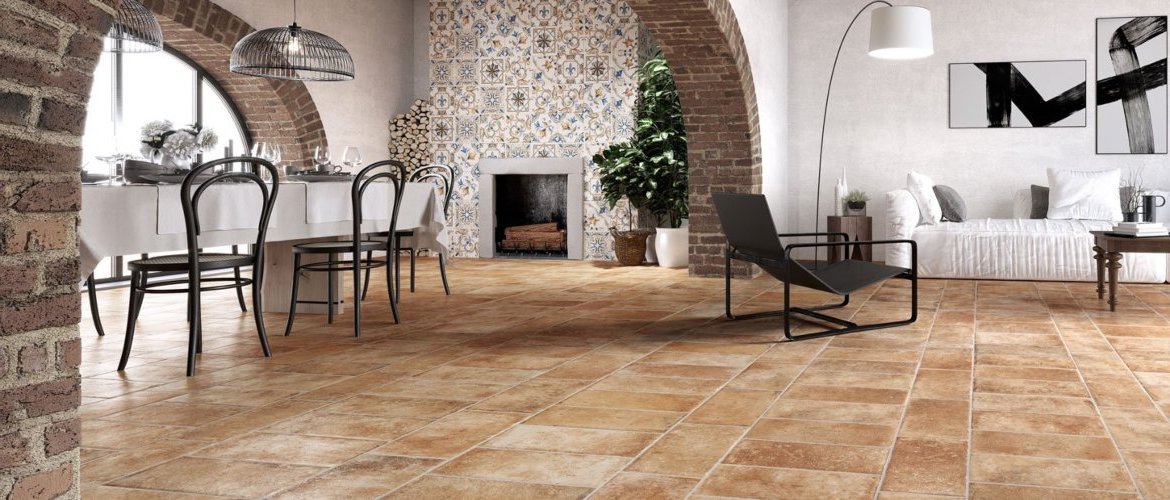
From its ecological nature to its versatility, natural clay floors are very attractive, a type of flooring that can be used both indoors and outdoors.
One of the main reasons for choosing them has to do with their handcrafted nature and, despite being a material with centuries of history, it retains the charm of the artisanal treatment that allows it to maintain its properties intact.
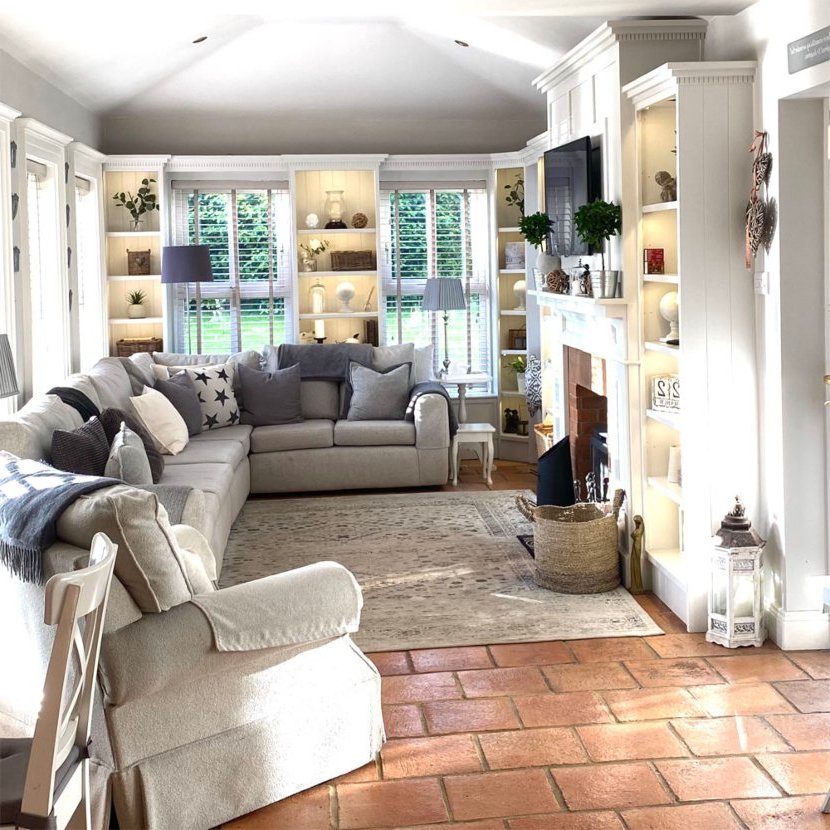
The beauty of this pavement is not only limited to its condition as a handcrafted floor. Another of its most valued hallmarks -especially in these times of awakening environmental awareness- is its sustainable character. We are talking about an easily recyclable material. It is enough to re-melt a brick or clay tile to give it a new life.
Clay floors are also great allies in terms of thermal inertia and humidity. Their high porosity makes them a resource capable of contributing to regulate indoor humidity by more than 50% according to experts.
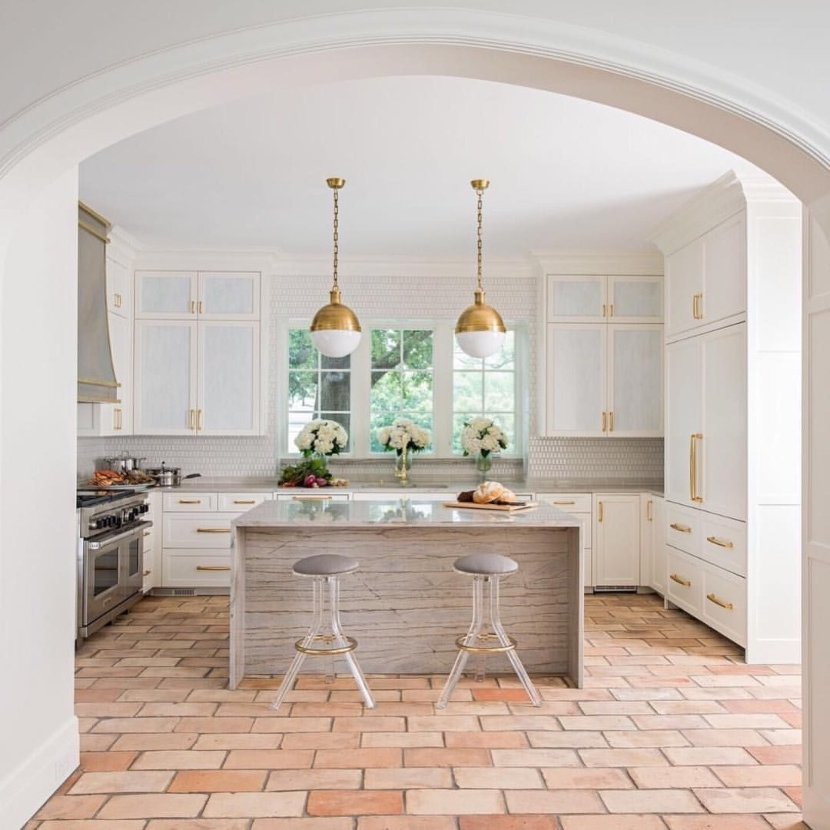
Typical of the Mediterranean basin, this type of flooring is not only a suitable choice for interiors. Patios, terraces and porches are also common destinations for this type of flooring, which adds a touch of warmth to the environment.
In any case, in spaces such as kitchens or bathrooms, with special temperature and humidity conditions and susceptible to higher risks for the flooring, enameled versions are usually used for greater protection.
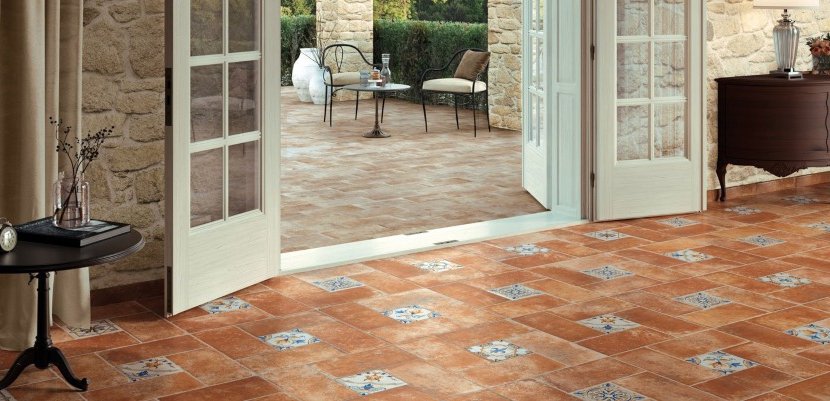
Another of the great attractions of natural clay floors is the wide variety of formats that you can find. There are square, rectangular, hexagonal, octagonal, octagonal tiles.... The options are very varied. They can be combined with edges, skirting boards and the like, as well as with other types of flooring, very much in line with the mix of styles that many interior designers are currently opting for.
Its versatility in this regard is such that it extends to the placement of the pieces. In practice, it is possible to create the most attractive designs by combining pieces of different sizes and finishes.
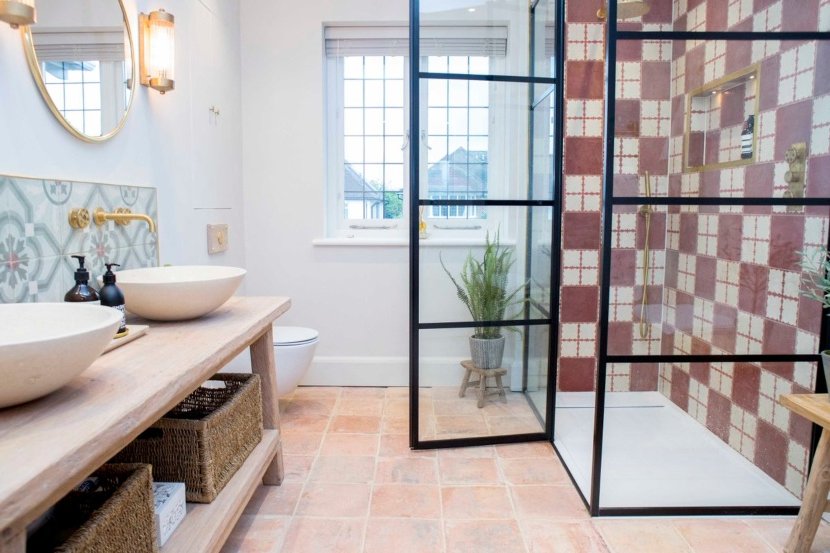
Despite being a type of flooring traditionally associated with rustic style, this type of flooring fits perfectly in all types of environments, even when combined with other types of flooring.
Beyond the format itself, the finishes are another of the charms of this type of flooring. Its handcrafted manufacture results in pieces with their own character in which, in general, the tone is not usually uniform. This uniqueness is part of its attractiveness, being able to choose reddish finishes, aged, slate tones...
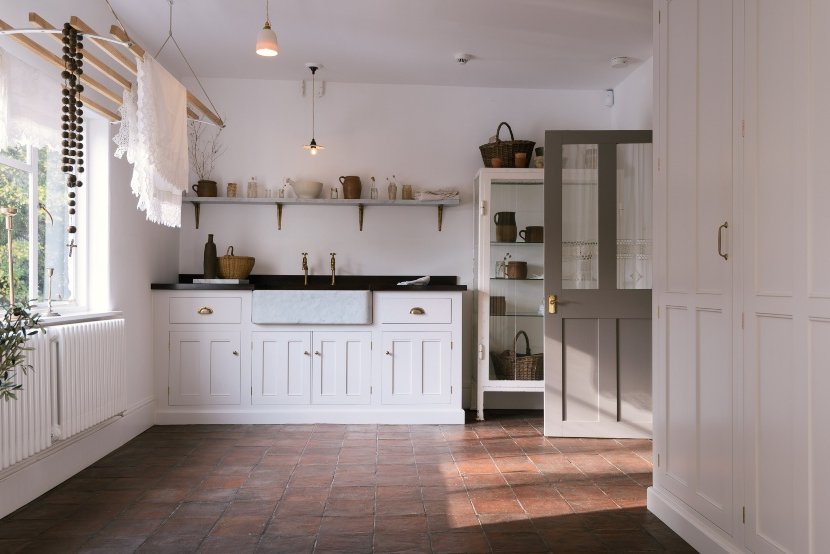
As if all this were not enough, terracotta floors never go out of fashion. Unlike other trendy floorings, the choice of this type of flooring is a safe bet that will not only resist the wear and tear of time, but will also survive the passing trends of decoration.
If we take into account that changing the floor involves a considerable investment, this timeless character is an added value for this type of flooring.
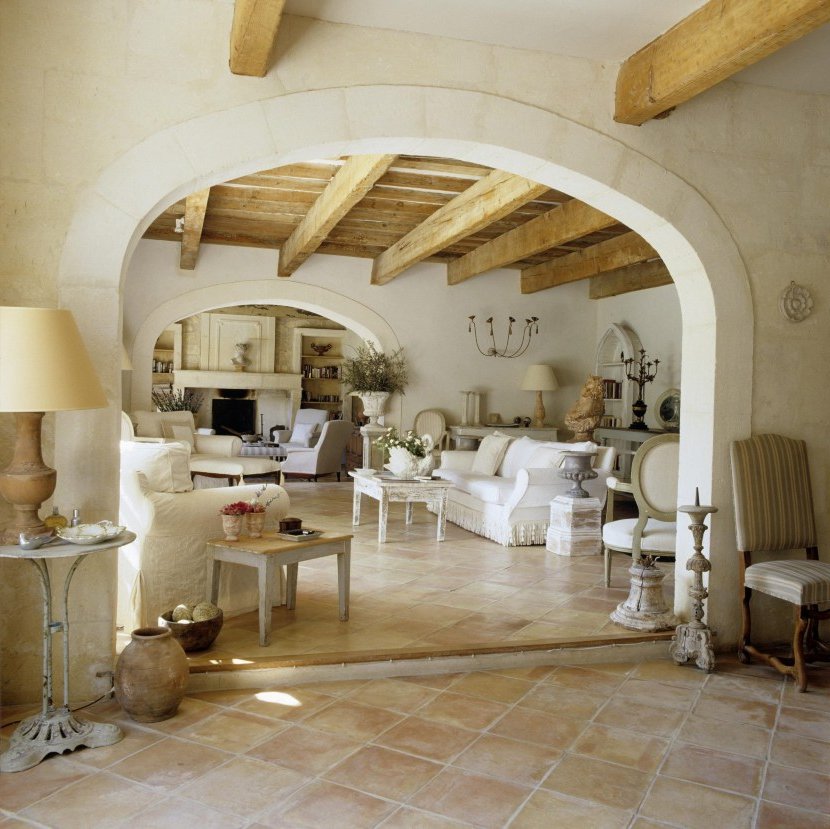
In addition to their beauty, natural clay floors are also attractive from a maintenance point of view. It is a highly resistant material and a simple cleaning with soap and water is enough to restore its splendor. However, over time, it is not a bad idea to resort to professional cleaning and even apply special waxes to restore its original appearance.
